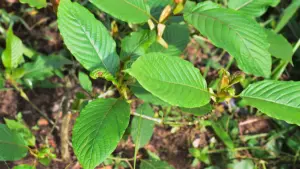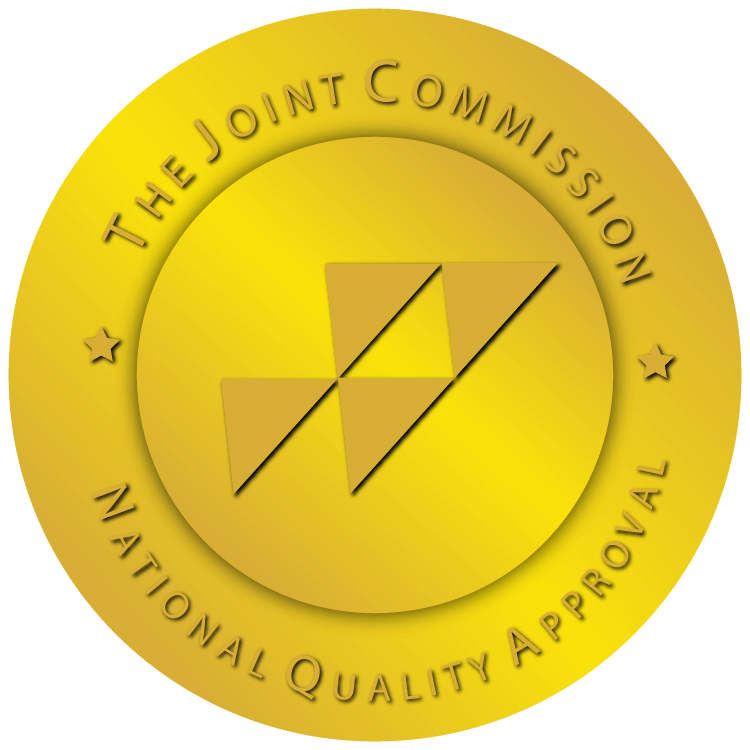Have you heard of 7-hydroxymitragynine (7-OH-MIT)? Maybe you’ve seen it in products sold online. But what is it really, and why should you be careful with it?
If you or someone you know is curious about this substance (or already struggling with it), this guide will help you understand the risks and what help is available.

What Is 7-Hydroxymitragynine?
7-OH-MIT is a powerful natural substance found in the kratom plant, Mitragyna speciosa. Although it’s only present in small amounts in the plant, it’s one of the main reasons kratom has strong effects.
People sometimes call it “legal morphine” because it acts on the brain in a similar way to opioid drugs. It helps with pain and can create a sense of euphoria or relaxation. But it also comes with serious risks if misused.
Today, 7-OH-MIT is being sold in highly concentrated forms under different brand names. Some popular products include:
- 7-Hydro – Markets itself as a “stronger” kratom option; it’s promoted for pain relief, focus, or energy, but at much higher potency than regular kratom.
- 7tabz – Includes lab-tested tablets with high doses of 7-hydroxymitragynine. These are often promoted as being clean, lab-verified, and effective, but the strength can make them risky for casual users.
- Kama – Offers various kratom products, including extracts with concentrated 7-hydroxymitragynine. Some are labeled as “relaxing” or “uplifting,” which appeals to those looking for a legal high.
All these brands market 7-OH as a “natural” or “legal” option.
Here’s where the science gets interesting. Studies in mice show that 7-OH-MIT is made from mitragynine inside the body, and this new compound is what mainly causes the pain-relieving effects.
Even though mitragynine is found in high amounts in the brain, it doesn’t seem to directly activate the brain’s opioid receptors.
This means mitragynine works only after the body changes it into 7-OH-MIT. So, how the substance is taken can affect how strong its effects are. For example, swallowing a capsule might lead to stronger effects than just chewing a leaf because of how the body converts mitragynine into 7-hydroxymitragynine.
Common Uses and Why People Take It
Kratom has been used for hundreds of years in places like Thailand and Malaysia. In the past, people chewed fresh kratom leaves or made tea out of them to:
- Fight fatigue
- Ease pain
- Treat fever, diarrhea, or diabetes
- Help heal wounds
- Replace opium, especially for those trying to stop using it
Laborers would often chew the leaves to feel more awake and work longer hours. In modern times, especially among young people in Southeast Asia, kratom is sometimes mixed with soda and codeine-based cough syrup into a drink called “4×100” used for its strong, drug-like effects.
Why People Use It Today
In the early 2000s, people in the United States began using kratom in new ways, mainly to:
- Pain relief without needing a prescription
- Withdrawal help when coming off opioids
- A legal high in states or countries where other drugs are banned
- Mood-boosting or calming effects
But the more people use it and the stronger the form, the more they risk building a tolerance, developing a dependence, or experiencing tough withdrawal symptoms.
Signs of Abuse and Dependence
The U.S. Food and Drug Administration (FDA) has not approved kratom or any of its main chemicals, including 7-OH-MIT and mitragynine, for medical use. There are no legal prescription or over-the-counter drugs in the U.S. that contain these ingredients.
The FDA has also said that kratom should not be used in dietary supplements, because there isn’t enough scientific proof to show it’s safe. The FDA considers supplements with kratom to be “adulterated,” meaning they could be detrimental to your health.
Here are some warning signs that someone might be abusing or dependent on 7-OH-MIT:
- Needing more to feel the same effect (tolerance)
- Feeling sick or shaky when not taking it (withdrawal)
- Using it more often than planned
- Spending a lot of time or money trying to get more
- Using it even when it causes problems at work, school, or in relationships
- Trying to quit but not being able to stop
Because 7-OH-MIT acts like an opioid in the brain, it can create a powerful sense of relief or calm, but that can eventually lead to cravings and emotional or physical dependence.
What the Withdrawal and Recovery Process Looks Like
Research shows that when people go through kratom withdrawal, symptoms usually start 12 to 48 hours after they stop using it.1 Most symptoms last 1 to 3 days, but some people feel them for up to a week.2
Withdrawal can be different for each person. A study of regular kratom drinkers in Malaysia (which includes mitragynine, the precursor to 7-OH-MIT) found both:
Physical symptoms
- Muscle cramps
- Nausea
- Diarrhea
- Shaky limbs and tremors
- Watery eyes
- Runny nose
- Sweating
- Hot flashes
Psychological symptoms
- Restlessness
- Anxiety
- Depression
- Anger
- Tension
More than half showed moderate to severe dependence after more than six months of use.2
From recovery forums, users have also noted their withdrawal timelines:
“It takes about 24 hours for withdrawal to set in and 72 hours for it to hit the peak if the primary alkaloid you are dependent on is mitragynine. This can vary pretty significantly by individual metabolism. If the primary alkaloid you are dependent on is 7-OH-MIT, then it sets in at about 6-8 hours and peaks at around 36.”3
“It peaked in the first 24 hours, and by day 3, I felt almost normal during the day. By day 5, completely normal during the day.”4
Some people try to taper off slowly, reducing their dose over time to avoid strong withdrawal symptoms. This can work for some, but it’s not easy, and it’s not safe for everyone.
In more serious cases, medical supervision is important, especially if withdrawal symptoms are severe or if the person has other health problems.
Inpatient, Outpatient, and Holistic Approaches to Recovery
There’s no “one-size-fits-all” path. Different people need different types of support.
Here are the most common options:
Inpatient Treatment
This is a live-in program where a person stays at a recovery center for a few weeks or months. It’s best for people who:
- Have a strong addiction
- Have tried to quit before, but couldn’t
- Don’t have a stable or safe home environment
Benefits:
- 24/7 medical care and support
- A break from the outside triggers
- Group therapy and personal counseling
Outpatient Treatment
This option lets people live at home while attending scheduled treatment sessions during the week. It works well for people who:
- Have a mild to moderate addiction
- Need to keep working or caring for family
- Have a strong support system at home
Benefits:
- More flexible schedule
- Less expensive than inpatient care
- Access to therapy and recovery tools
Holistic Approaches
Holistic methods focus on healing the whole person: body, mind, and spirit. These can be added to either inpatient or outpatient care.
Common holistic practices include:
- Yoga or meditation
- Nutritional support
- Exercise programs
- Art or music therapy
- Acupuncture or massage
Benefits:
- Helps reduce stress and cravings
- Supports emotional balance
- Can improve sleep, mood, and energy
These substances are sometimes seen as a “safe” alternative to opioids, but they work in the brain in similar ways. That’s why it’s so important for people to:
- Understand the risks
- Know the signs of dependence
- Seek help early if they’re struggling
Breaking Free from 7-OH-MIT and Opioid Dependence
If you’re struggling with 7-OH-MIT or opioid use, Oceanrock Health and South Coast Counseling are here to help you take your life back. Whether you need a safe place to detox, regular support through outpatient sessions, or a full recovery plan that treats both your body and mind, you’ll get help from people who truly care and know what you’re going through.
Reach out today. A better life starts with one call. You deserve to feel like yourself again, and we can help you get there.

Sources:
- Veltri, C., & Grundmann, O. (2019). Current Perspectives on the Impact of Kratom Use. Substance Abuse and Rehabilitation, Volume 10, 23–31. https://doi.org/10.2147/sar.s164261
- Singh, D., Müller, C. P., & Vicknasingam, B. K. (2014). Kratom (Mitragyna speciosa) dependence, withdrawal symptoms and craving in regular users. Drug and Alcohol Dependence, 139, 132–137. https://doi.org/10.1016/j.drugalcdep.2014.03.017
- Reddit – The heart of the internet. (2025). Reddit.com. https://www.reddit.com/r/kratom/comments/pue6zl/how_many_hours_without_kratom_your_withdrawals/
- Reddit – The heart of the internet. (2025). Reddit.com. https://www.reddit.com/r/quittingkratom/comments/e7fygh/i_know_kratom_withdrawal_is_nonlinear_but_if/












